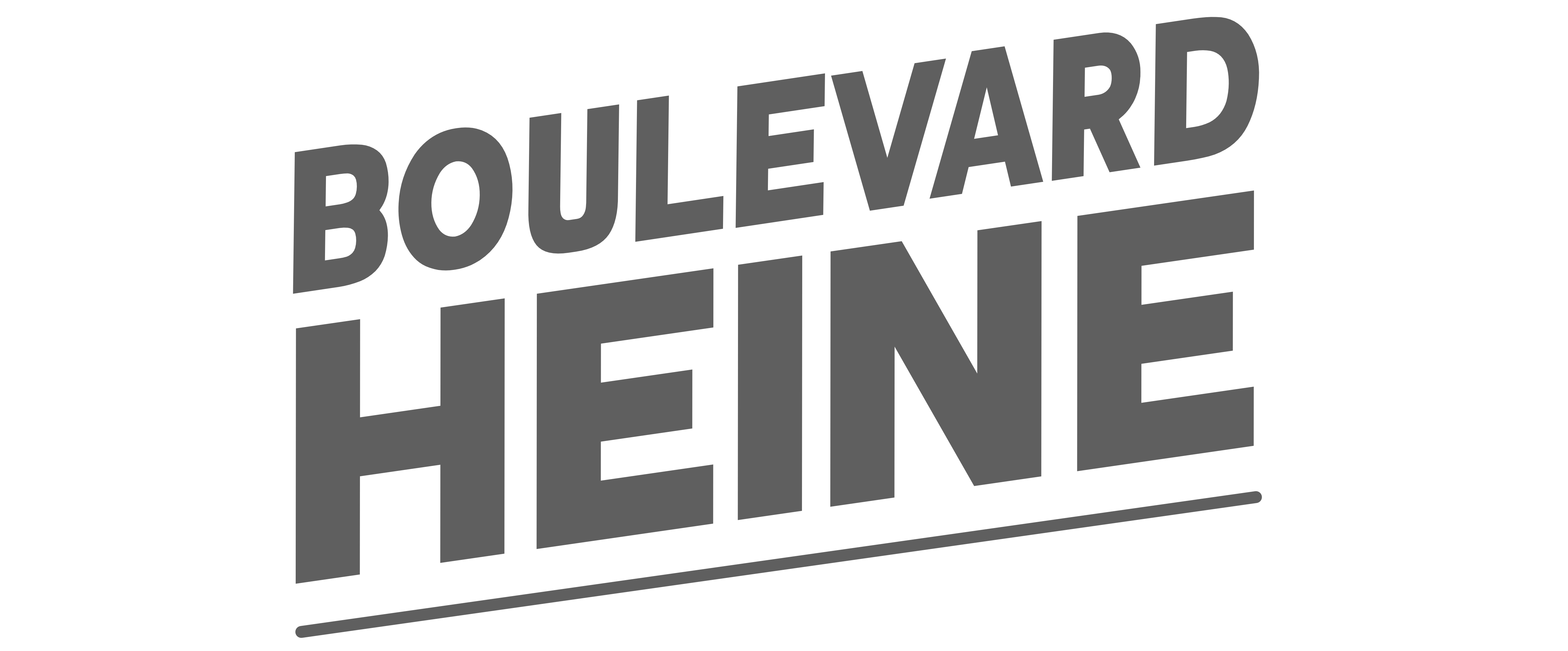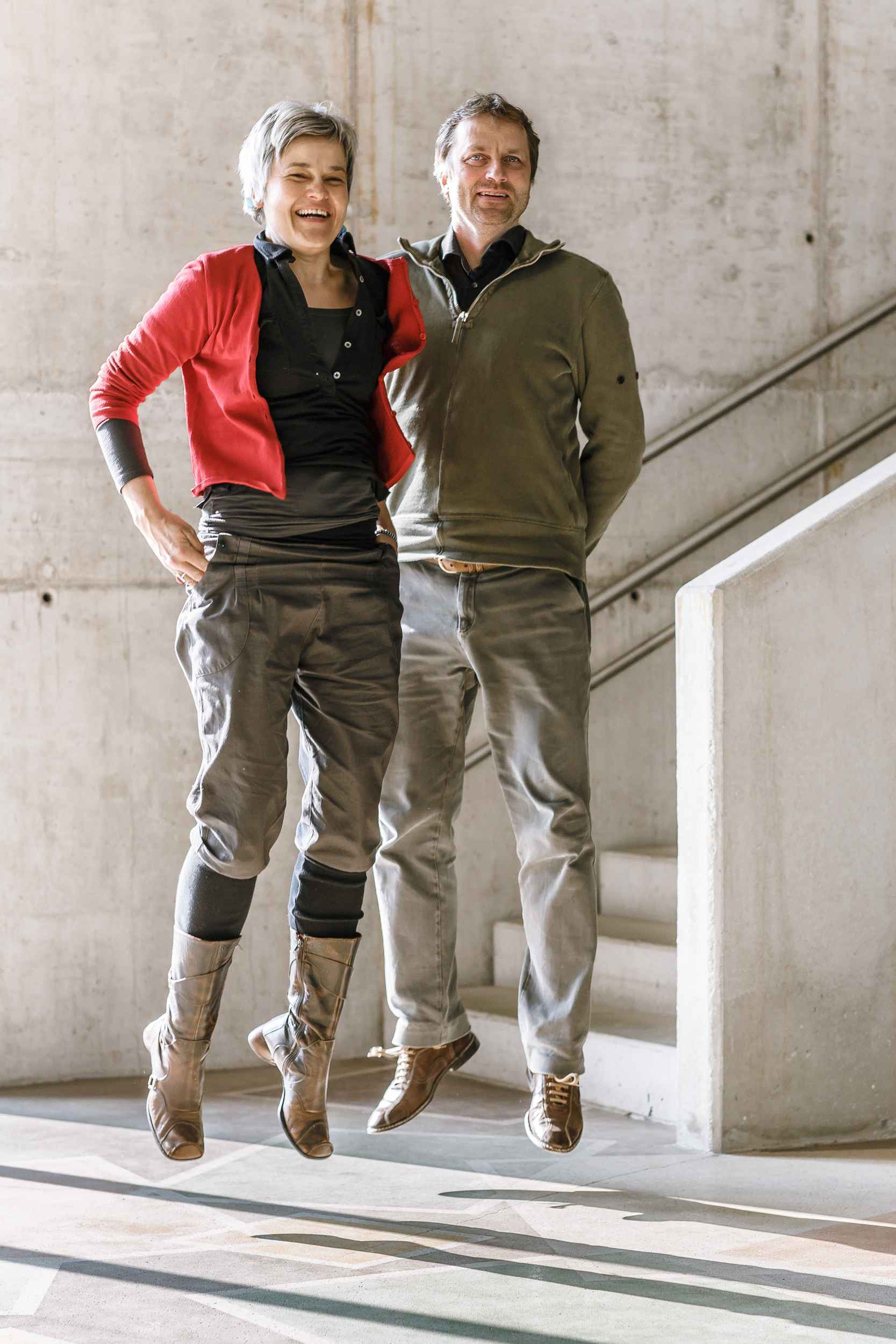A guest article by Petra Mattheis and Sascha Nau about the Buchkinder Leipzig. In April 2014 they talked to Birgit Schulze Wehninck and Sven Riemer about the book children method and how important it is to meet children at eye level.
Since 2001, children and adolescents aged 4 to 18 have been developing their stories into their own books among the book children.
Adults support them as equal partners, discussing their ideas with them and helping them to implement them. In 2013, the book children returned to the West of Leipzig. The first book kindergarten was opened in the same year. The book children’s network now consists of 14 workshops, which can be found throughout Germany.
We visited Birgit Schulze Wehninck and Sven Riemer – both members of the board of Buchkinder Leipzig e.V. – and talked about the book children method and how important it is to meet children at eye level.
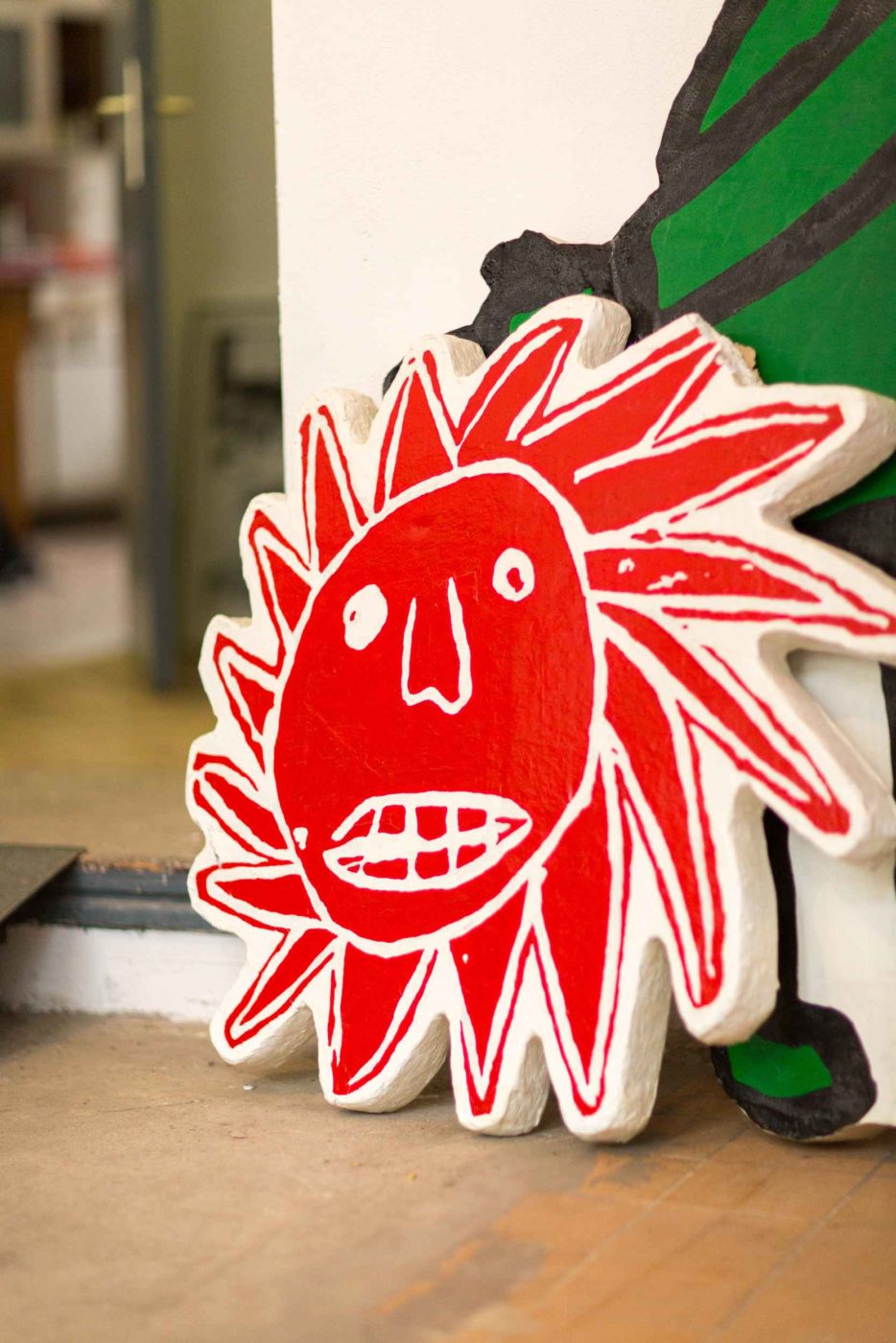
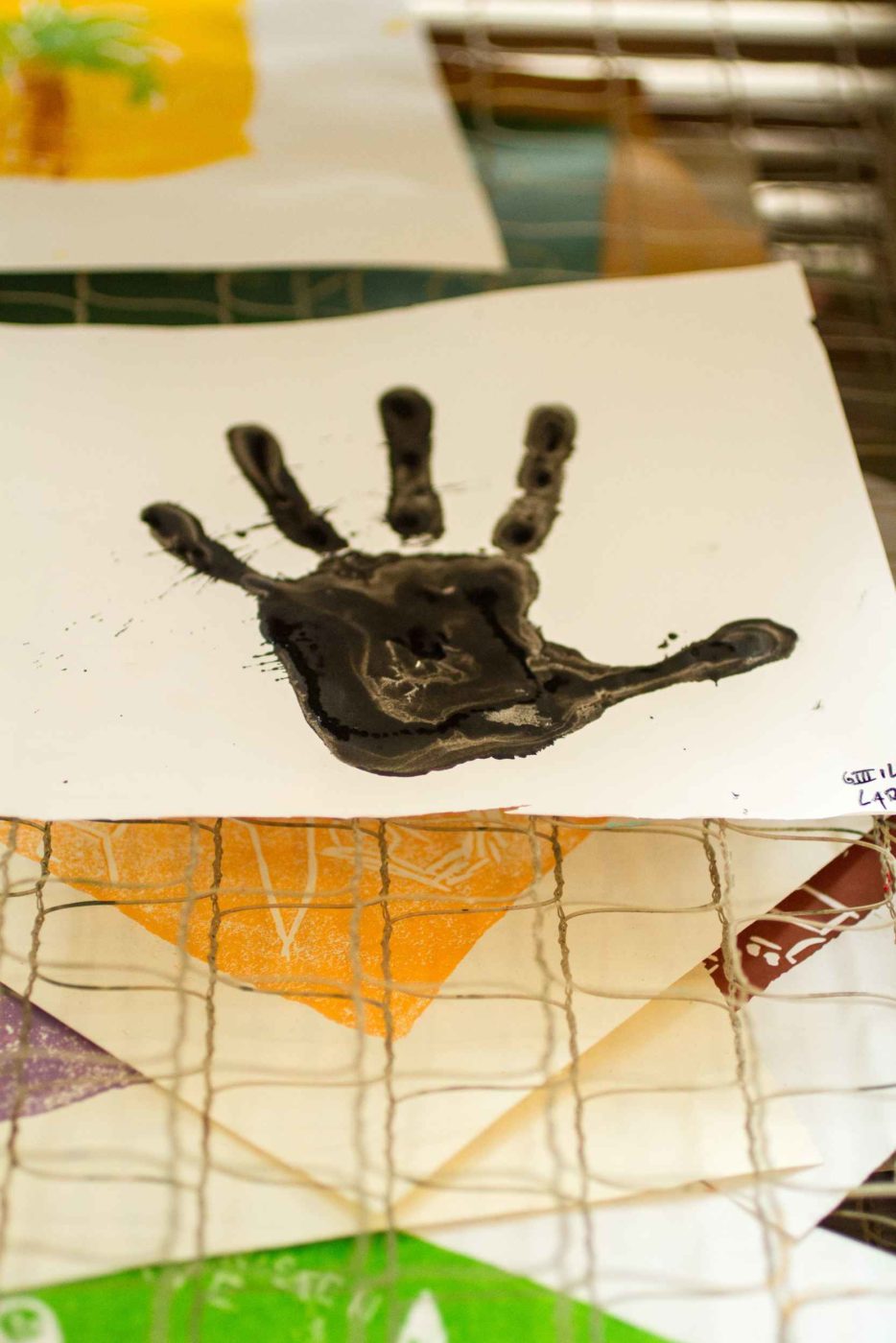
How did you get to Leipzig?
Birgit: In different ways. I came to Leipzig in 1996 via my first job. I had got to know the city through a friend who drew my attention to this job. I was really overwhelmed by the city, whose empty Gründerzeit houses one could still enter and explore. If I can also work here, I thought, then I will stay here.
What did you work as?
Birgit: As a landscape architect. The great thing about the city was that you feel at home so quickly that there were many points of identification whose changes you experienced directly. Within just a few months, these changes became visible. The vegetable shop around the corner was barely there and half a year later there was another use for it. Compared to other cities, I could identify with Leipzig much more strongly, had the feeling that I could and wanted to participate in the development. And that’s what I still find so exciting about this city. I can help shape it and leave my own mark.
Are these traces also the stories that are told?
Birgit: History can be experienced directly or indirectly in a city. If I experience the change of a district, I can tell my own story about it. A story that also needs this commentary because it is no longer reflected in the outside world. If I want to explain the city to a friend, I need the story. This city is full of it. All this old building substance, this unfinished one, has simply invited us to complete it or to develop it further. These unfinished buildings and squares are the beginnings of stories that you can think about in your head. At some point, these thoughts eventually become part of one’s own actions.
Did you work as a landscape architect in the city?
Birgit: Yes, I have been to many parts of the city and have designed places. City squares, playgrounds, what you create in a year. That’s how I got to know the city very well. However, as landscape architects you also wear yourself out through the long official channels and decision-making structures, the mental preliminary work does not come into the implementation or only over long detours. That was unsatisfactory for me.
On the other hand, there was a lot of movement in the city, the spaces were still unfinished and the structures were not as solid as in western cities. There were political points of contact everywhere and germ cells and opportunities to get involved. A pioneering spirit. The desire to do business. Immediately after my studies I had the creepy idea of having to attend adult education courses in order to get to know people. It is often difficult to get from the outside into situations in which the others are already settled, sufficing themselves in their microcosms. Then I didn’t have to go to the VHS, it was just a different atmosphere here.
»Like many others, I believed at the time of the fall of communism that I could try out social models here.«
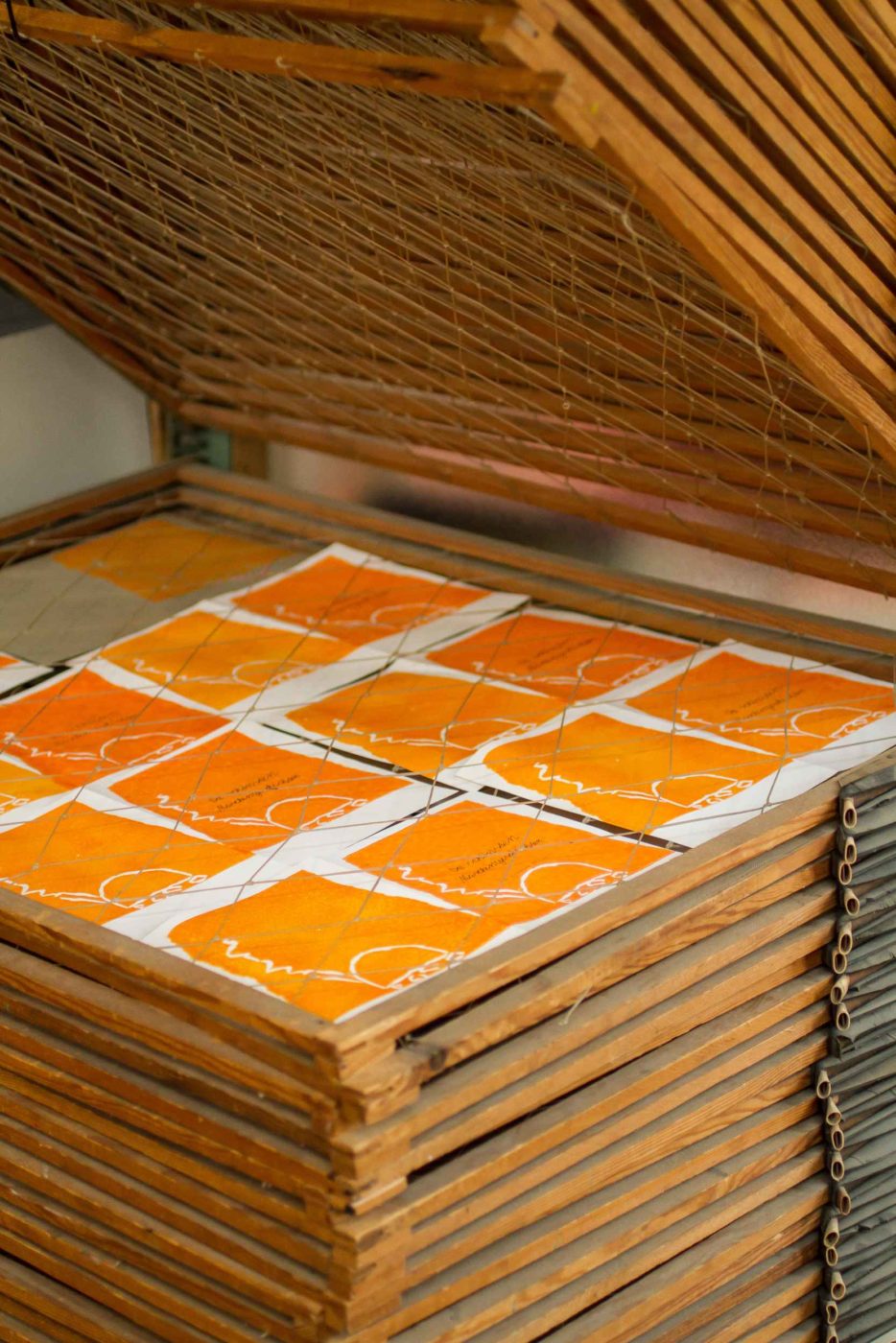

And you think Leipzig is an exception?
Birgit: No, I wouldn’t just refer to Leipzig. That was simply the situation at that moment during a special time. There were many people who came here to work. Either because they found a job or because they were curious about this city. There was a lot of spiritual, inner movement and corresponding possibilities to do things and to exchange ideas. And that is still the case today, but the situation is different than it used to be. In 1996, seven years after the fall of communism, this spirit was even more noticeable. There were educational movements, free kindergartens, school foundations, the environmental library in the post-reunification period, later the questions of how to deal with the old building fabric, the vacancy and the wastelands in this city, initiatives such as Haushalten e.V. and Nachbarschaftsgärten arose. With the appropriation of land, the term “legal squatting” also emerged.
Like many others, I believed at the time of the fall of communism that I could try out social models here. Although I grew up in Münsterland on the Dutch border, I quickly identified myself with the development opportunities in the East when I started my studies in 1989. It came then differently, than thought. Many were disappointed that the western model was put over. But there is still a lot of room for manoeuvre. This has determined the atmosphere of the city and I think it still does today. Especially here in the west of Leipzig.
Sven, how did you get to Leipzig?
Sven: The view of Leipzig was directed by my wife. We had met in Oxford, where I studied art, and she had a place in Leipzig. When I visited her in Leipzig, I was just torn apart. I grew up in Dresden and moved to Wiesbaden in 1984, where I lived for a long time. Every square metre there is planned, occupied and occupied. During my studies and my occupation with Joseph Beuys, many pictures had matured and were waiting to be realized. And then I came here to Leipzig and it was probably like Birgit. Everywhere there was this tension between the existing and the possible. There was a vibration in the air.
You’ve been living in the west of Leipzig since then. Birgit, you too? Or have you also been to other districts?
Birgit: I’ve tried a lot of neighborhoods.
And how did you experience the differences?
Birgit: There are big differences. I was in Connewitz, in the south suburb, I also lived in Gohlis. In Gohlis I had a great apartment. 240 m2.
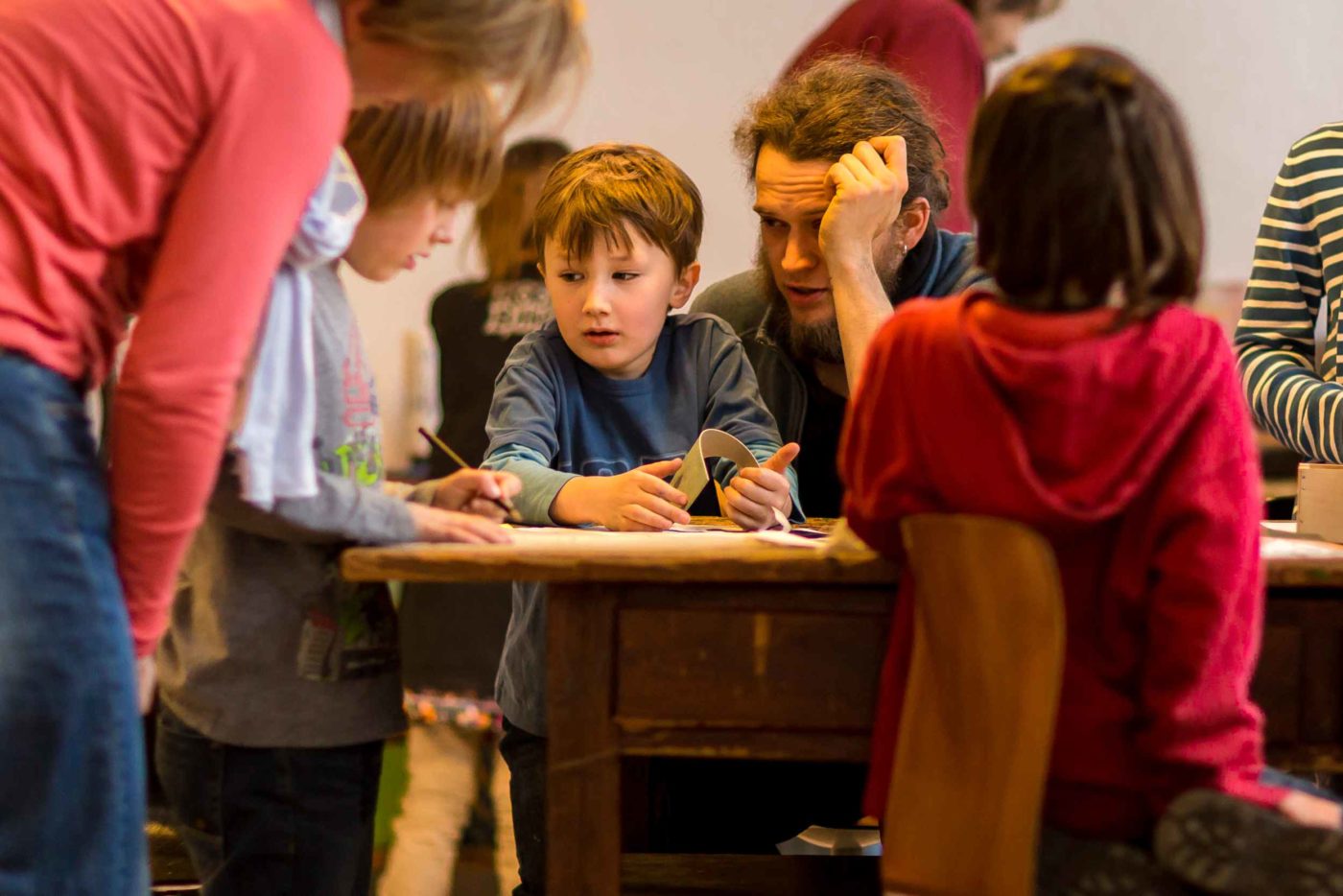
»One encounters diverse concepts of use and life in this industrially overshadowed district, which is also characterised by poverty.«
We did, too. It might have been the same. (Laughter)
Birgit: There was a roomy cast iron elevator. It felt like a Miss Marple movie. There was a bench inside, covered with imitation leather. There were French balconies, hinged doors, the charm of the well-kept but already aged. Not yet renovated to death. That was great. But because the apartments there are so magnificent, with their large gardens, they are often enclaves. Nothing really happens on the street itself. A very fine district, beautiful building fabric, but very grand, elitist, distant. This is of course different in the Südvorstadt and in Connewitz anyway. And here in the west it is still very mixed: one encounters the town house builder as well as the experiments and diverse concepts of use and life in this industrially overshadowed district, which is also characterized by poverty.
And how did you get to Buchkinder Leipzig?
Birgit: I joined about two and a half years after the foundation. My work as a landscape architect has left its mark on me, but I also came up against the limits of design possibilities. I was on the move in larger planning contexts with the aim of implementing urban development and landscape planning. However, these processes were too lengthy and bureaucratic for me. I wanted to have a more direct effect with my heart’s desire, to feel the consequences of my actions more directly and saw this possibility in the book children. That was in 2003.
Read the whole interview in German at Wunderwesten
